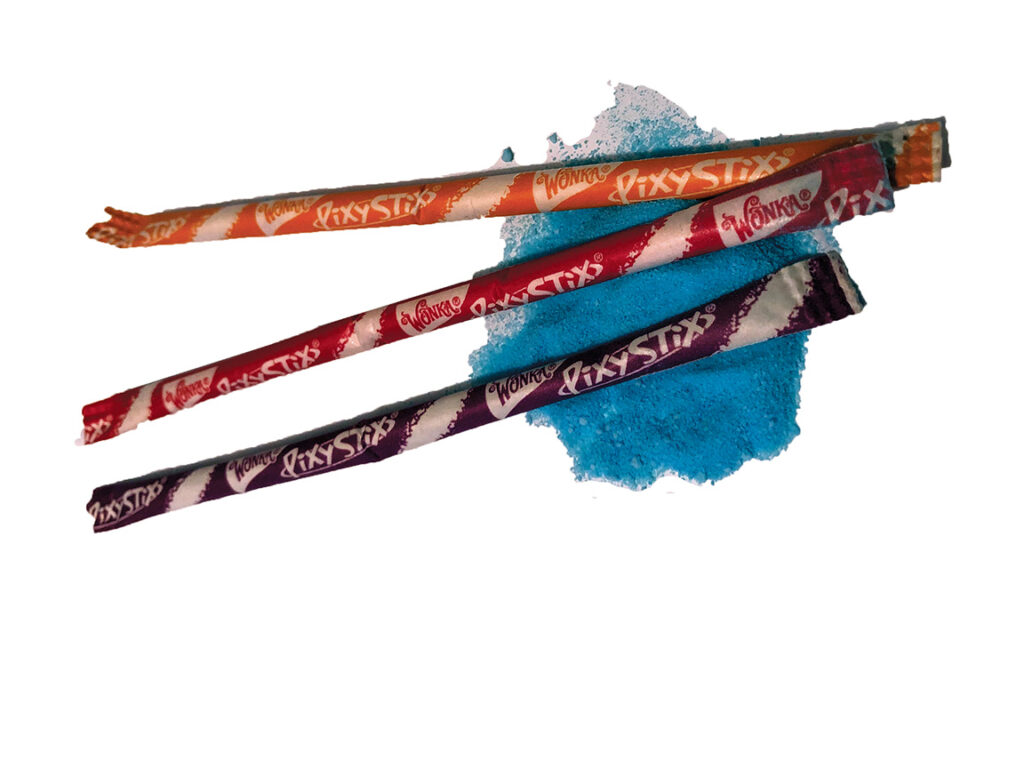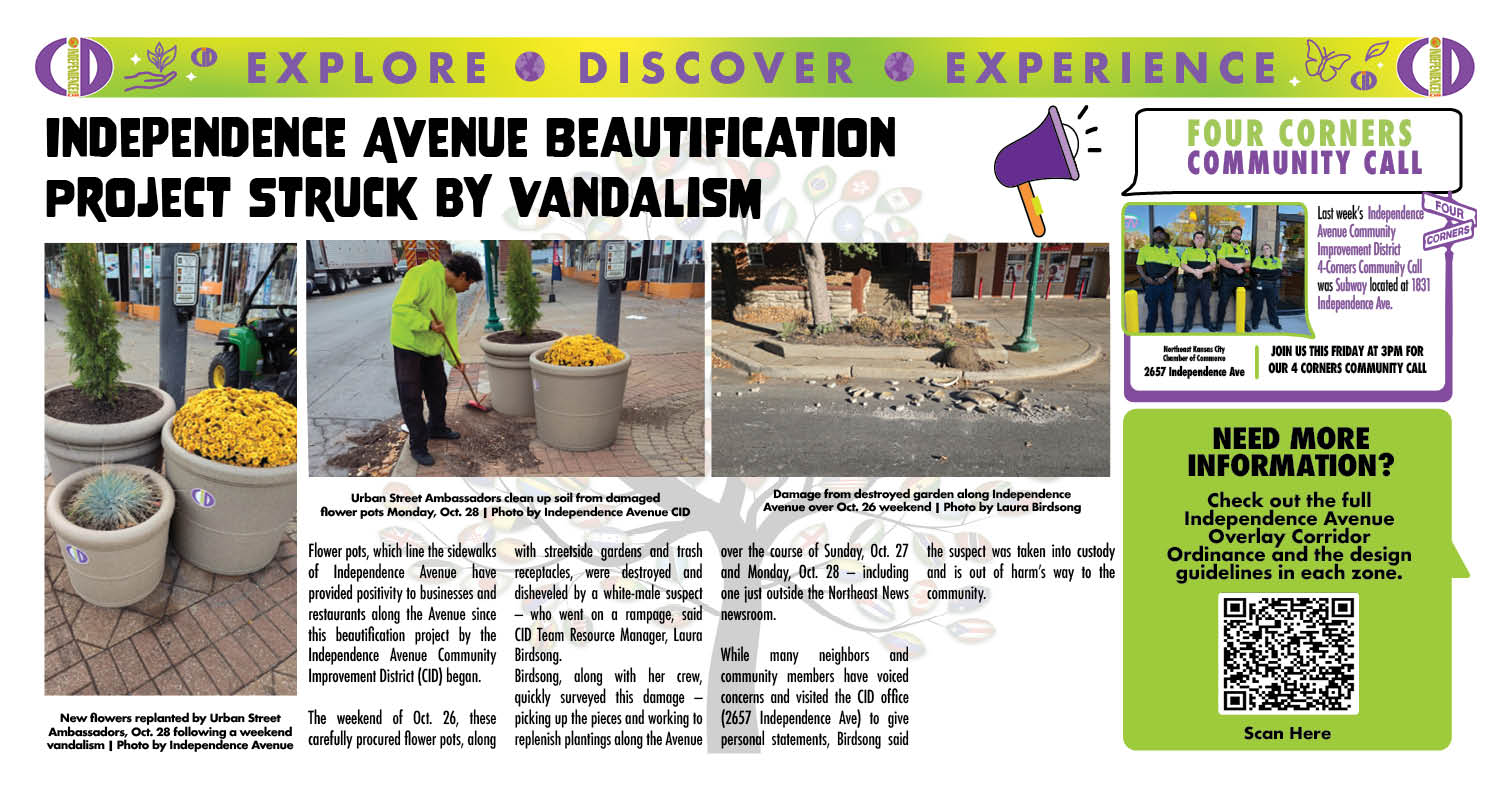
Dorri Partain
Contributor
Still have candy in your trick-or-treat sack? Once the chocolate bars have been gobbled up, you may still have other favorites to choose from.
Pixy Stix, a fruit-flavored powdered candy in a paper straw, first appeared in the candy store aisles in 1959, but the concept is much older.
During the Great Depression, J. Fish Smith began production of a sweetened drink powder he named Frutola. When sugar was rationed during World War II, he discovered that youngsters were buying the penny-a-package drink mix and eating the powder like it was candy; he added a tiny spoon and changed the name to Fruzola.
Smith’s son Menlo moved production from Salt Lake City, Utah to St. Louis, Mo. in 1952 and changed Fruzola to Lik-M-Aid. Looking for a way to make the same sweet-tart powder more marketable, the powder was packaged in 6-inch paper straws as Pixy Stix.
Available in 5 flavors, the straws were wrapped as an assortment that sold for five cents, flavored as cherry, orange, grape, lemon and lime, with colored swirled stripes denoting the flavor inside.
Consisting of a mixture of dextrose, maltodextrose, citric acid, artificial fruit flavors and colors, Menlo Smith looked for other ways to market the same powder. Pressed into a tablet, the powder became Sweetarts and packaged in a large plastic tube, the giant Pixy Stix was born.
Smith’s company changed names several times: from Fruzola, to Sunline, then Sunmark, which produced the first line of Willy Wonka candies in an agreement with the Quaker Company.
Eventually, the company and all its trademarked candies were purchased by Nestle, and all production in St. Louis was shut down in 2006. Nestle produced Pixy Stix as a Wonka candy, but when Ferrara purchased Nestle in 2018, the Wonka branding was dropped from packaging.
Despite the hit of sugar as Pixy Stix powder hits the tongue, seven sticks only contain 60 calories



















